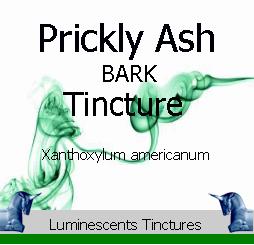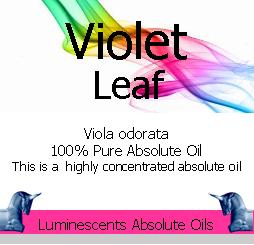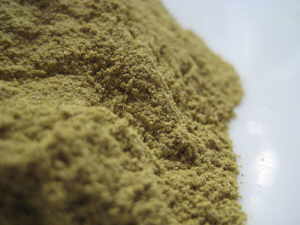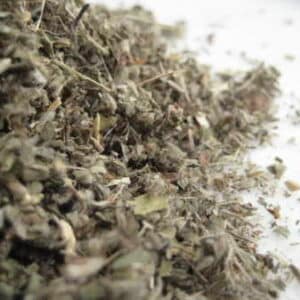Prickly Ash Bark Tincture
£13.50
50 ml
Botanical Name Zanthoxylum americanum
Plant Part Used Tree Bark
Herb To Liquid Ratio 1:3
Alcohol by Volume 45%
Country of Origin USA/UK
The Prickly Ash tree, from which this Prickly Ash Bark Tincture is extracted, is native to North America, and the bark (and sometimes the berries) of these American trees has been traditionally used medicinally. There are many other trees in this genus that grow on other continents, including Chinese Prickly Ash, which grows in Asia.
Botanical name Zanthoxylum americanum
it is also and sometimes known as Toothache Bush, Toothache Tree, Angelica Tree, Yellow Wood, Northern Prickly Ash, Suterberry, Suterberry Bark, Yellow Wood Berries, Pellitory Bark, Prickly Ash Berry
The genus name, Zanthoxylum, is said to be derived from the Greek words, zanthos and xylum, meaning “yellow wood
Traditional Uses of Prickly Ash Bark Tincture:-
Many eastern Native American tribes once valued The Bark as a means to stimulate saliva flow and as a remedy for upset stomach, sore throats, aching muscles, skin infections and various other conditions.
The bark was also widely used by herbalists to treat rheumatic conditions.
The Bark is said to stimulate sluggish digestion and help destroy toxins, worms and yeast overgrowth. It is considered to be as strong a stimulant as Cayenne Pepper, but is slower acting and longer lasting. Due to its stimulating effect on the lymphatic system, circulation and mucous membranes it has been used in the holistic treatment of many specific conditions, a few of which have included arthritis, candida, chilblains, cholera, diarrhoea, fatigue, fever, flatulence, lumbago, paralysis, Raynaud’s disease, rheumatism, Sickle-cell anaemia, sore throat, typhus and varicose veins.
Known topical applications of this herb have included use as a poultice for toothaches, pelvic disorders, wounds, back pain and rheumatism, as well as a lotion for poor circulation and a massage oil for rheumatism and arthritis. The plant stems have even been used as a toothbrush.
Constituents of Prickly Ash Bark:-
The primary chemical constituents of Prickly Ash Bark include essential oils, fat, sugar, gum, alkaloids (fagarine, magnoflorine, laurifoline, nitidine, chelerythrine), tannin, lignin (asarin), coumarins and phenol (xanthoxylin). It has a stimulating effect upon the entire body, including the lymphatic system and mucous membranes.
| country-of-origin | |
|---|---|
| manufacturer |




